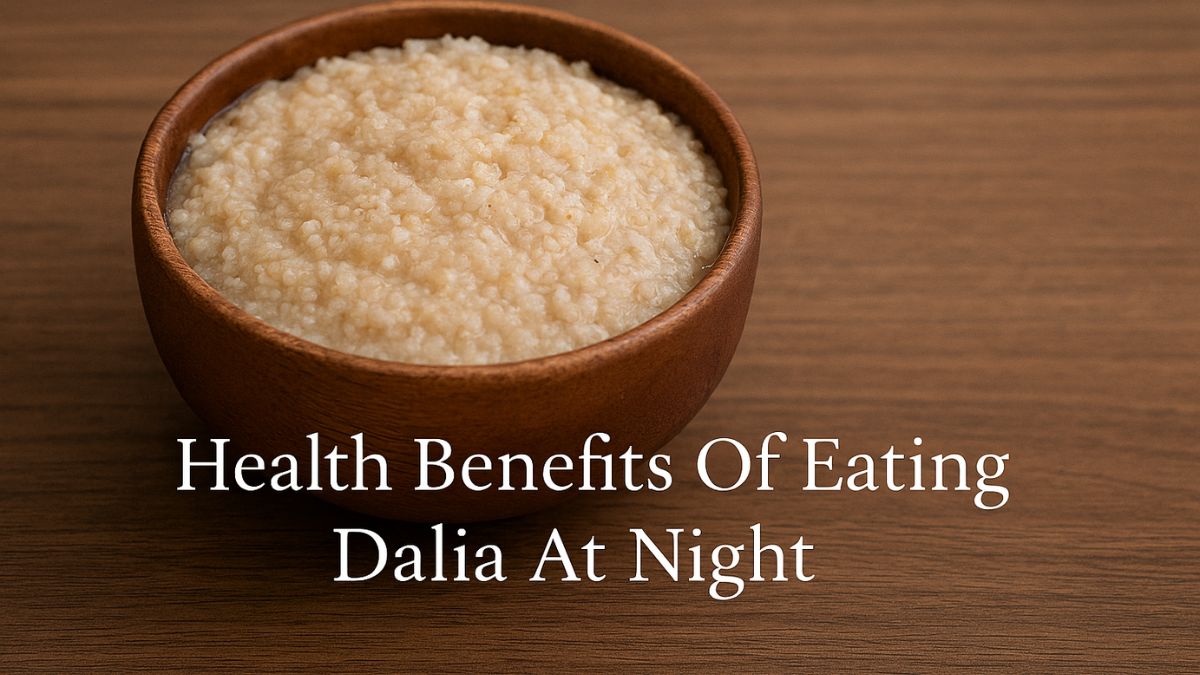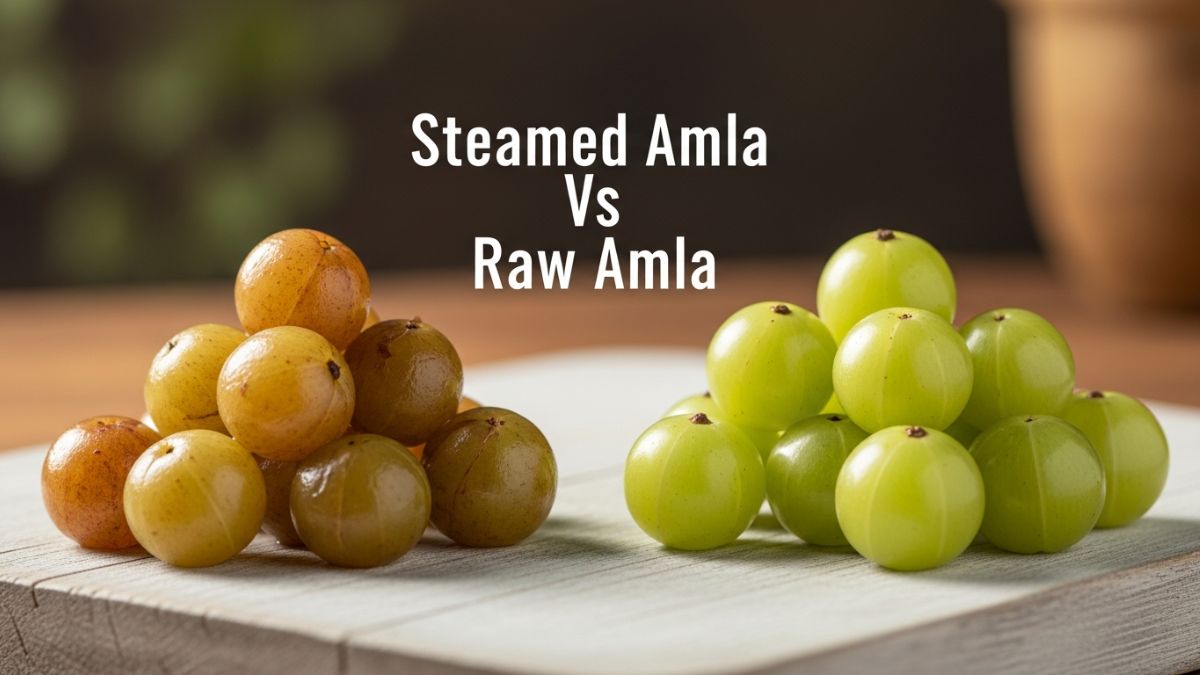The highest risks from arsenic exposure stem from certain types of infant formulas, the study estimated. "Unless you are a heavy drinker consuming wine with really high concentrations of arsenic, of which there are only a few, there's little health threat if that's the only source of arsenic in your diet," said Denise Wilson, professor at University of Washington.
"If you are eating a lot of contaminated rice, organic brown rice syrup, seafood, wine, apple juice - all those heavy contributors to arsenic poisoning - you should be concerned, especially pregnant women, kids and the elderly," said Wilson. Arsenic is a naturally occurring element that is toxic to humans in some forms, and can cause skin, lung and bladder cancers, and other diseases.
The University of Washington study is the first peer-reviewed research in decades to look at the arsenic content of American wines. As a group, they had higher arsenic levels than their European counterparts, likely due to the underlying geology of US wine growing regions.
The study looked at red wines, except from two areas in Washington where only white wines were produced, because they are made with the skin of grapes where arsenic that is absorbed from soil tends to concentrate. Wilson also tested for lead, which is a common co-contaminant. The study found lead in 58 per cent of the samples, but only 5 per cent - all from New York - exceeded drinking water standards.
Washington wines had the highest arsenic concentrations, averaging 28 parts per billion, while Oregon's had the lowest, averaging 13 parts per billion. "There were no statistical differences among Washington, New York and California," Wilson said. "The only star in the story is Oregon, where arsenic concentrations were particularly low," she said. The two studies appeared in the Journal of Environmental Health.







